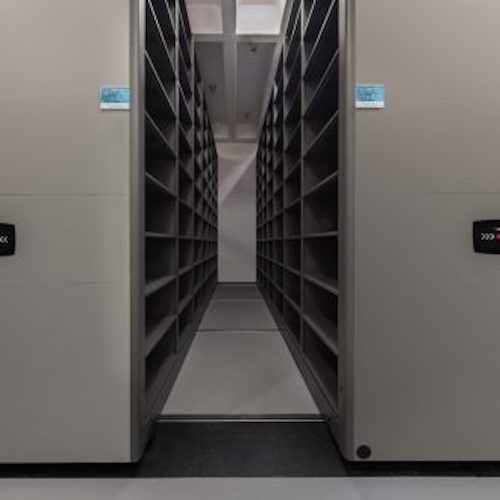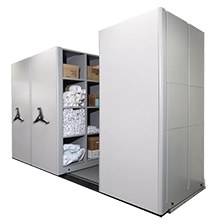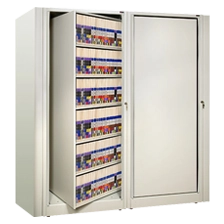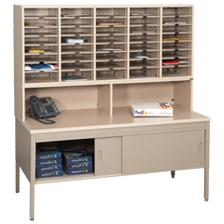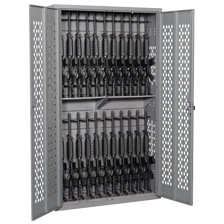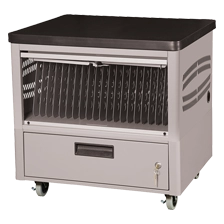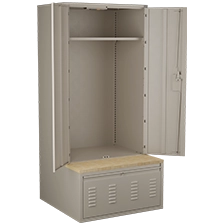Electronic Files Are the Way of the Future…and So Is High-Density Storage
While you can find plenty of debate on whether the paperless office is a myth, paper usage in the U.S. reached its peak in 1999, followed by a steady decline of about 1 percent per year. That’s great news for the environment. Yet according to the Clean Air Council, the average American office worker still uses 10,000 sheets of copy paper each year, generating about two pounds of paper per day. That is a lot of paper management!
Why Paper-Free Is Still on the Horizon
Many businesses rely on paper documents for regulatory, legal and administrative purposes. In addition, most organizations amass materials over time that they need to store for archival purposes. Storing them efficiently is critical to staying productive within existing office space.
A Lean, Green Solution
The electronic revolution undoubtedly changed the way America works, increasing our focus on working leaner and smarter. High-density storage is the perfect solution for offices that want to do more with less. Many organizations today are pressed for space but don’t want to expand into bigger facilities or rent dedicated storage space for paper files and supplies. Because our high-density storage solutions are modular, they can be expanded and adjusted as needed; and because these systems pack two to three times the materials into the same amount of space, they ensure that your document storage is as lean and efficient as the rest of your office.
Go Green With Datum Storage Solutions
Datum is proud to be a certified green manufacturer, and high-density storage is a perfect fit with our belief in doing more with less. We employ practices that reduce our carbon footprint and reduce and recycle waste, water and energy to protect the Earth for future generations to enjoy.
Explore Your Options
If you want to bring your office storage into the 21st century, talk to a Datum representative today. We’ll work with you to design a custom system that maximizes your storage space and minimizes its footprint in your facilities—and on the planet.
